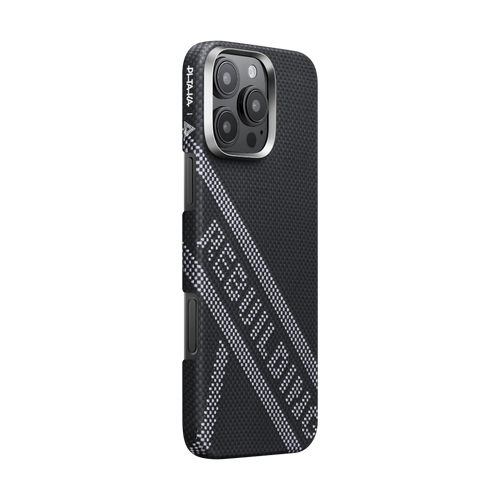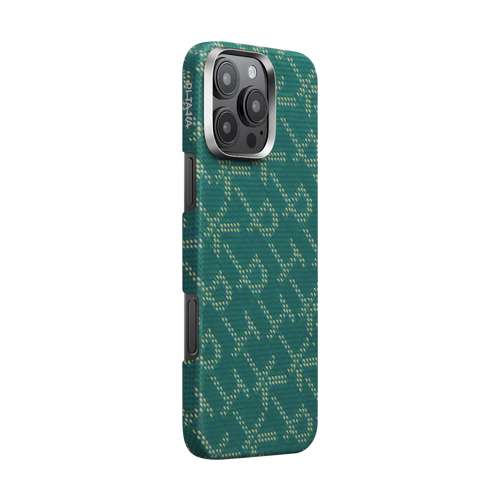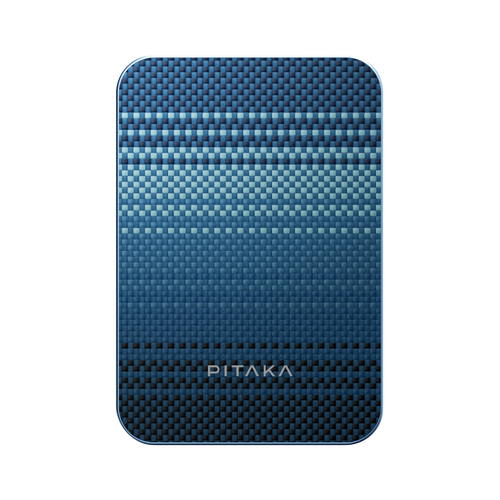On these days, when you have to travel, forget to charge your phone at home, or lose your charging cables, a portable battery can become your savior. You pull your portable battery out of your drawers, throw it in your bag, and rush out the door just in time to catch the bus. As you take your seat, you pull out your power bank. And that's when you realize that you forget to take the charging cable with you.
There has to be a better way, right?
1. How Do Wireless Power Banks Work
As more and more people are aware of technological advancement like wireless charging, consumer electronics has moved toward a wireless era. A new phone model published by big brands is probably wireless charging enabled. Wireless chargers have become easy to find, so does wireless power banks.
A wireless power bank charges your phone without an input cord, just like a wireless charger. A wireless power bank is embedded with charging coils to produce energy and a battery to store power. It's more like a portable wireless charger on the go.

Wireless power banks are popular among travelers, business people or regular selfie takers. It's great to have a power bank to add juice to your phone when wall outlets are nowhere to see.
2. Are Wireless Power Banks The Ultimate Option
The most significant advantage of wireless power banks is that it cuts the cord. No more output port, so no cable needed. Also you can use one wireless power bank to charge different phones without limitation of the type of the port and cable. Keep in mind that a cordless world is a trend. The future is wireless, said Dan Riccio, Apple's senior vice president of Hardware Engineering. You'd better start to adapt to it.
However, problems still exist.
Limited mobility
Perhaps the most frustrating aspect of wireless power banks is that they limit your movement. Unlike a wired power bank, where you simply plug in your phone and use it like normal, your phone has to be resting on top of a portable wireless power bank or pushed up beside it in your bag. And if your phone loses contact without you realizing it, you're going to end up finding out the hard way.
Those who have experience with wireless chargers know very well how hard it's to properly align your phone on a wireless charger and how annoying it is to find out charging has been interrupted when you come back one hour later.
So you probably have to hold both the wireless power bank and your mobile tight together all the time to charge up.
Never ready when you need it
Power banks, wired or wireless, are rarely prepared when you need them to be.
Since most people don't use them daily, they sit in drawers and bags for weeks on end. Then, when you finally do need to use one, it doesn't have enough charge left to give you the extra juice you need, and usually you don't realize that until you're out and about with the power bank.
Or worse, the power bank could become useless if left unused for a long period as the lifespan of batteries will be shortened if not charged often.
Storage
Portable batteries also have the issue of being bulky, something that's plagued wired and wireless power banks alike. They add the convenience of power on the go but take up a lot of space in your pockets or bag.
Fortunately, these disadvantages don't mean you should pass up on purchasing a wireless power bank. It's possible to find a wireless power bank that will meet all of your needs without creating any inconveniences.
3. How To Pick The Right Wireless Power Bank
Portability
Leaving special needs out of account, if a wireless power bank isn't easily portable, then what's the point in using it? So you'll want to look at the size of the power bank.

The smaller a power bank is, the easier it's going to be to take it with you. Think about how you plan on carrying this power bank. How much space can it take up before it becomes inconvenient?
Wait. A smaller power bank features less capacity, right? Technically, that's true. But, power banks vary in size too, even they have similar capacity.
Flexibility
Picking a flexible wireless power bank will save you a ton of headaches down the road. You can charge your devices without worrying about how your phone is positioned.
And the solution is magnetic wireless power banks. With magnets embedded inside the power bank and your mobile (or phone case), move your phone close to the battery pack, and they just magnetically attach and align, and charging begins.

A Power Bank That You Won't Forget to Charge
It may sound absurd. Sometimes people even forget to charge up their phones, not to mention something they don't use that often. But isn't a power bank supposed to charge up our mobile when we need it? How come it becomes another electronic device that we worry about charging?
Well, that's how power banks work. You might say.
No. That's not how power banks should work. And there's a way to fix it.
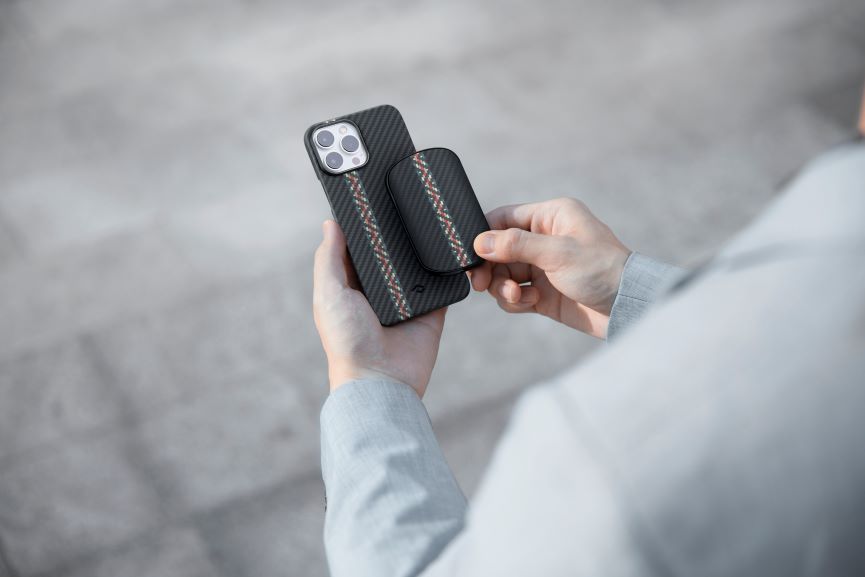
The MagEZ Battery Pack is a slim magnetic power bank with a capacity of 4000mAh, enough to juice up your iPhone 14 to last the whole day. It's crafted from aramid fiber which offers a premium finish and feel. Moreover, the ergonomically-designed curve fits comfortably in your palm when you hold it with your phone.
More importantly, it's compatible with the MagEZ Slider, a charging base for you to store the power bank whenever you finish using it. And once you put it there, the base charges it and your phone at the same time, if you magnetically attach your MagSafe-enabled phone to it. In other words, you don't have to constantly remind yourself to charge up the power bank and still forget about it, unfortunately. Instead, the charging base serves like a natural reminder.
MagEZ Slider
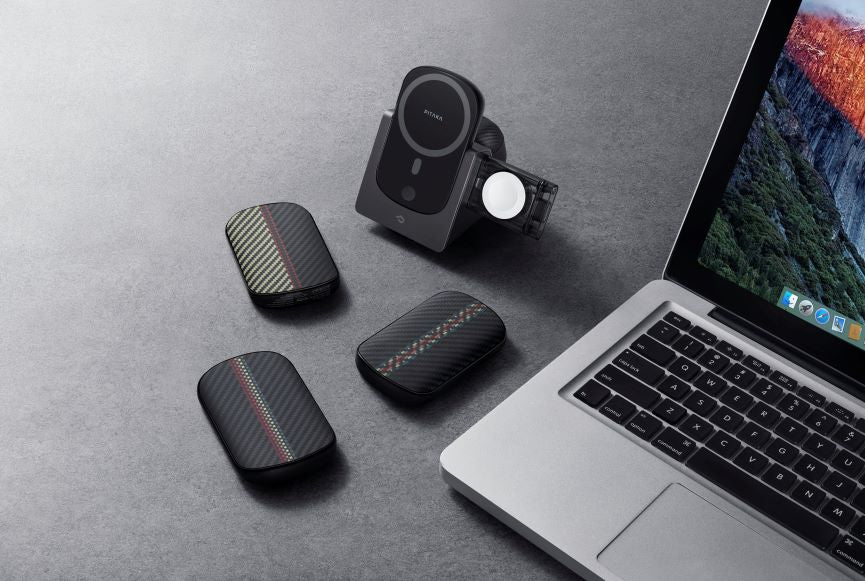
On the other hand, the charging base, with a new, sleek look, can charge multiple devices simultaneously. It can charge iPhone 12/13/14 and Galaxy S22/23 using PITAKA's MagEZ Case, Qi-enabled earbuds, and also any Apple Watch model if you purchase the separated iWatch power dongle.








